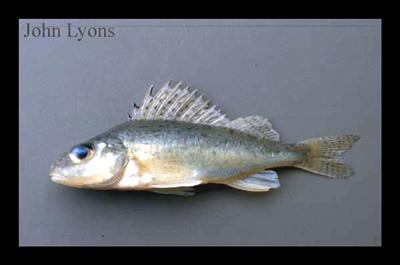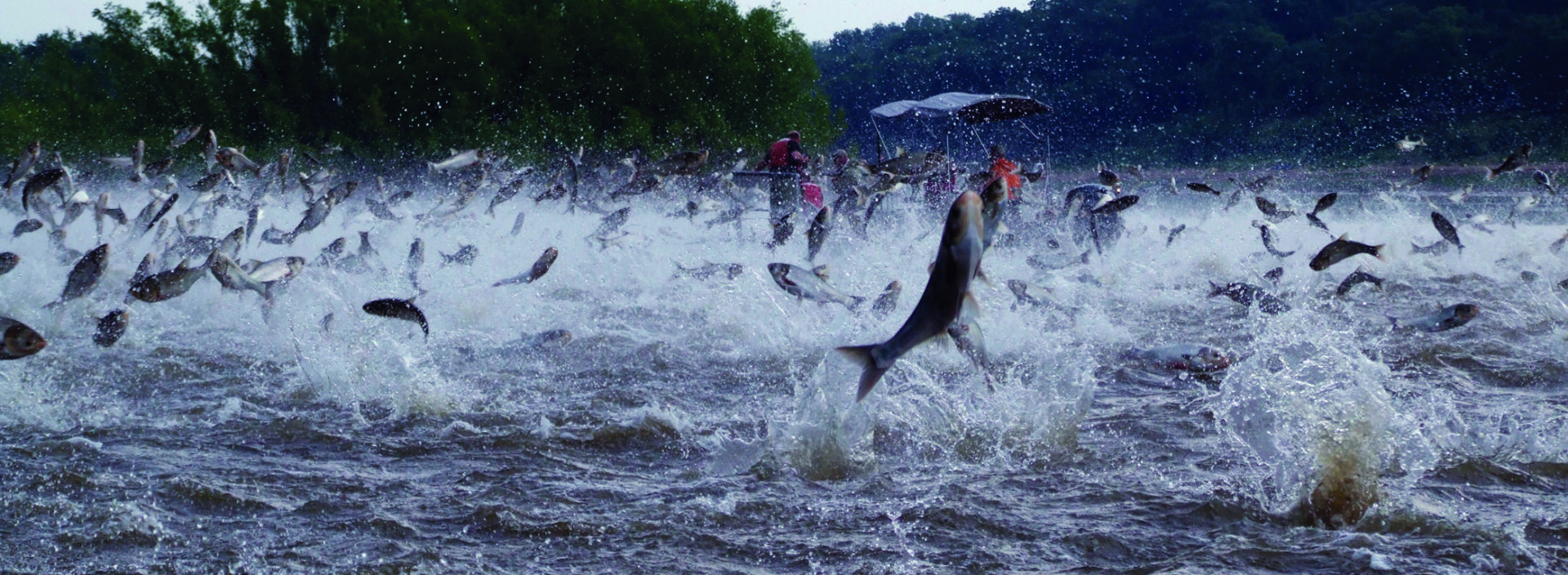
Where did the ruffe come from?
- The ruffe came to Lake Superior probably in the ballast water of a transoceanic ship in 1985.
- The ruffe is originally from fresh and brackish waters in portions of Eurasia.
- It is currently found in Lakes Superior, Huron, and Michigan.
Why is the ruffe a problem?
- The ruffe is an aggressive fish.
- It has a rapid population growth.
- The ruffe eats a variety of foods.
- The ruffe has a lack of natural predators which creates the potential to displace other species in newly invaded areas and to cause the native fish populations to decrease.
- The average female can produce 130,000 to 200,000 eggs per season.
- The ruffe can reproduce after one year in warm water temperatures and the proper location.
- Spawning usually occurs between mid-April and July, depending on water temperature and location.
What does the ruffe look like?
- The ruffe is 4 to 6 inches long (25 cm).
- The ruffe is olive-brown to golden-brown on its back, and paler on the sides with yellowish undersides.
- The ruffe is slimy and has a large spiny dorsal fin that makes is undesirable to predators.
- The ruffe is a relative of the perch and spends its days in deeper water and comes to the shallows to feed at night.
- The ruffe also has special sensory organs that detect minute movements in the water to sense predators and prey
How do we control the ruffe?
- Always drain water out of your boat, live well, and bilge before leaving water access.
- Do not throw unwanted bait into the water, place it in the trash.
- Never dump fish from one lake into another.
- Never use ruffe as bait.


